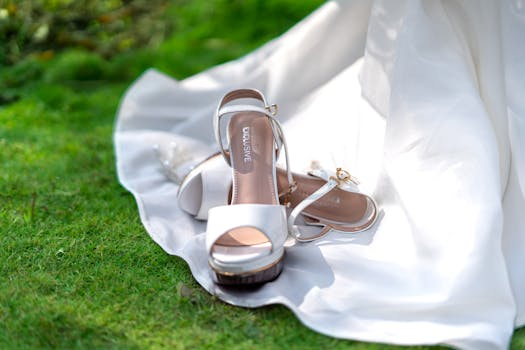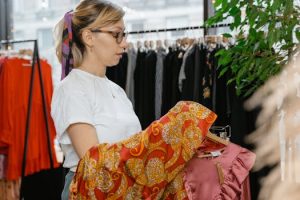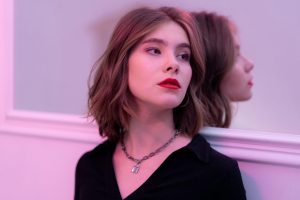The Evolution of Bridal Fashion Trends
The wedding day is often considered one of the most important days in a person’s life. From the venue to the decorations to the food, every little detail is meticulously planned and executed to create the perfect day. However, one aspect that takes center stage on this special day is the bride’s appearance. The bridal fashion trends have evolved over the years, from extravagant gowns to minimalist styles. In this article, we will take a trip down memory lane and explore the evolution of bridal fashion trends.
The 19th Century: The Rise of the White Wedding Dress
In the 1800s, brides didn’t have a set color for their wedding dresses. They would wear their best dress on their wedding day, regardless of the color. However, everything changed when Queen Victoria wore a white wedding dress for her marriage to Prince Albert in 1840. The color white symbolized purity and was seen as a status symbol, as only the wealthy could afford to wear a pristine white dress once. This led to the rise of the white wedding dress as a symbol of innocence and wealth.
The 1920s: The Roaring Twenties and the Flapper Bride
The 1920s was an era of change and revolution. Women were no longer confined to traditional roles and were embracing a more liberated lifestyle. This was reflected in bridal fashion as well, with brides opting for shorter, more comfortable dresses. The iconic flapper dresses with their dropped waists and intricate beading became a popular choice for brides.
The 1950s: The Era of Glamour
The 1950s was all about glamour and extravagance. The end of World War II brought a surge in the economy, and people were ready to celebrate. This was reflected in bridal fashion as well, with ball gowns and full skirts adorned with lace and sequins. Brides also embraced strapless and off-the-shoulder styles, inspired by movie stars like Grace Kelly and Audrey Hepburn.
The 1960s and 1970s: A Shift Towards Non-Traditional Styles
The 1960s and 1970s brought about a rebellious attitude towards traditional wedding dresses. Brides started experimenting with colors, with pastel shades and even black gaining popularity. Designers like Yves Saint Laurent and Coco Chanel introduced pantsuits as a more practical and modern option for the unconventional bride.
The 1980s and 1990s: The Power Dressing Bride
The 1980s and 1990s saw a rise in power dressing, and this was reflected in bridal fashion as well. Brides wore structured, shoulder-padded gowns inspired by the fashion of working women in the corporate world. Princess Diana’s iconic wedding dress, with its puffy sleeves and ruffled details, became the epitome of this era’s bridal fashion.
The 2000s and Beyond: A Return to Simplicity
In the 21st century, bridal fashion took a turn towards simplicity. Minimalistic and timeless designs gained popularity, with brides opting for sleek silhouettes and clean lines. The influence of celebrity weddings also led to a rise in custom-made designer gowns, with brides wanting a one-of-a-kind dress for their special day.
The Digital Age and Social Media: The Impact on Bridal Fashion
In today’s age, social media plays a significant role in shaping bridal fashion trends. With platforms like Instagram and Pinterest, brides have access to a never-ending pool of inspiration for their wedding day. This has led to a more diverse and creative approach towards bridal fashion, with brides experimenting with a range of styles and colors.
In conclusion, bridal fashion trends have come a long way from the traditional white wedding dress. From the iconic flapper dresses of the 1920s to the rebellious styles of the 1960s, and the simpler designs of the 21st century, each era has left its mark on wedding fashion. With the evolution of technology and the constant changes in society, it will be interesting to see what the future holds for bridal fashion.











